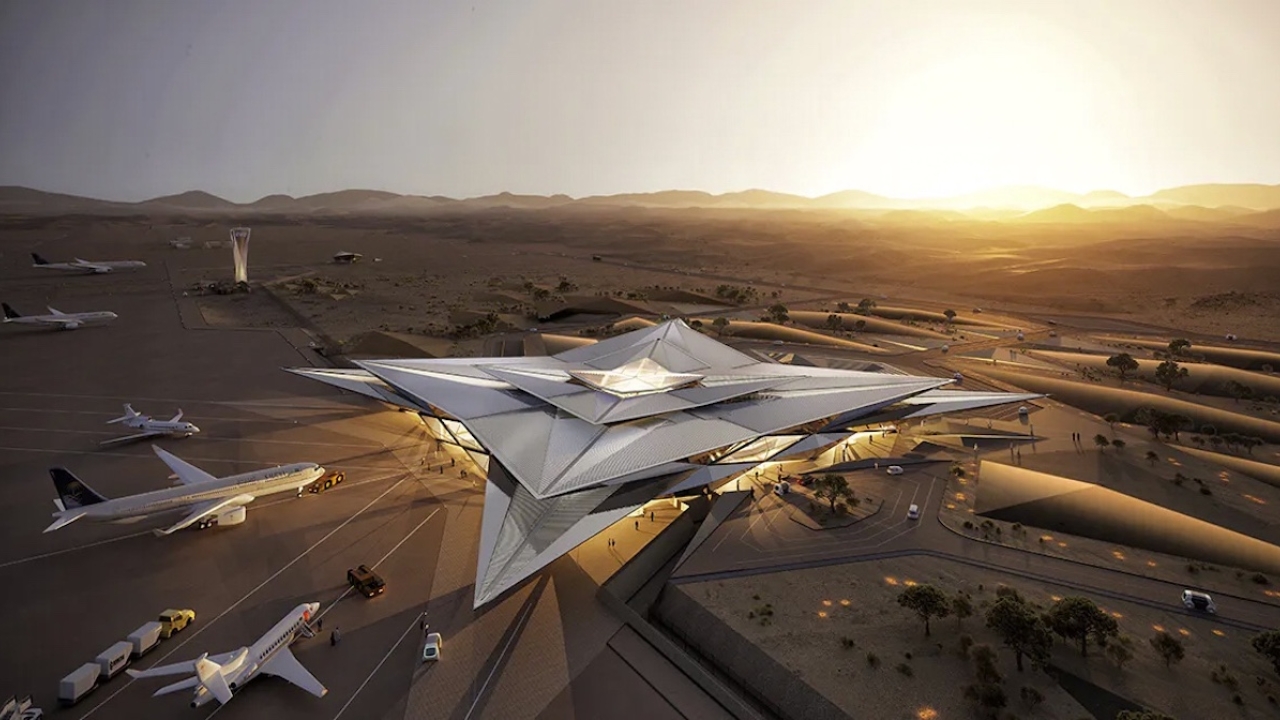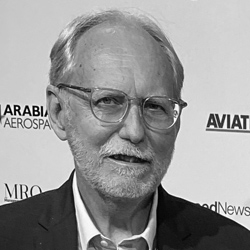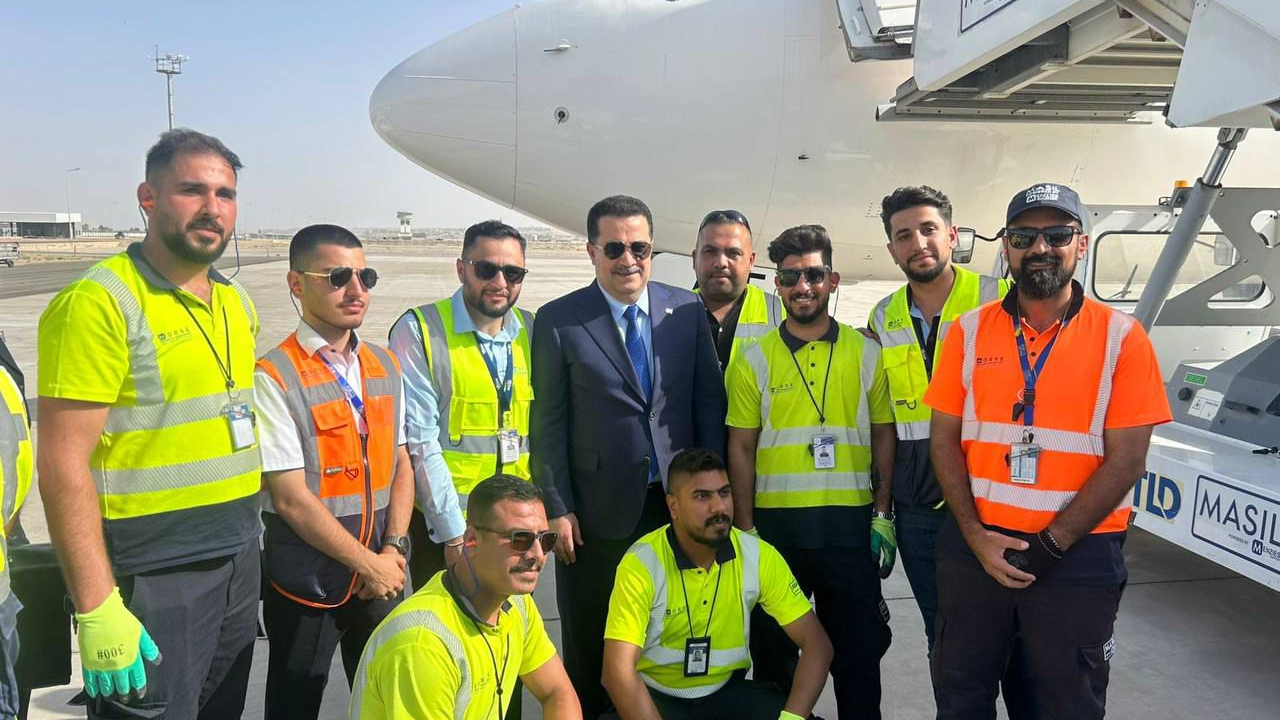A breath of fresh airports
Sustainability and environmental considerations are coming to the fore in the world of airport design and operation.

Airports are “strong engines” of economic and social activity, so it’s a challenge to find a balance between operational imperatives, their environmental impacts, and what is socially acceptable.
Add to that the often-aggressive atmospheric conditions in the Middle East and it’s clear that airport designers and builders face a stiff test to meet current industry standards for sustainability.
Philippe Martinet, head of the Dubai business unit of ADP Ingénierie, a subsidiary of the Groupe ADP – one of the few global companies with operations throughout the airport value chain – has a better view than most.
“Airports have long been addressing sustainability issues, from noise, air quality, biodiversity, water management, greenhouse gas, and carbon footprint reduction,” he said. “They have also worked towards more sustainable operations through improvements and innovations.”
The Airport Council International (ACI) established its airport carbon accreditation (ACA) programme in 2009 as part of the aviation industry’s overall support of a ‘green’ transformation. Noise impacts have been subject to European regulation for more than 20 years.
Martinet said Groupe ADP set voluntary objectives for itself through its environmental policy. Six of the Middle East and subcontinent international airports in its network – Amman, Ankara, Antalya, Delhi, Hyderabad and Izmir – have already achieved ACA carbon neutrality.
The group’s cradle-to-grave involvement enables it to commit to reducing the carbon footprint through the whole lifecycle of the airport infrastructures, from construction to decommissioning, as well as introducing sustainable innovations.
These could include urban air mobility, intermodal connectivity with low-carbon vehicles, and supply of low-carbon fuels, such as sustainable aviation fuel (SAF) or hydrogen, in due course.
Among the group’s recent success stories is the new passenger terminal at Bahrain International Airport.
Designed by Groupe ADP as part of the airport’s modernisation programme, it holds the US Green Building Council’s leadership in energy and environmental design (LEED) gold certificate for environmental impact.
Current ADP Ingénierie projects include the rehabilitation of Mosul Airport in Iraq. ADP leads a consortium of contractors under a contract signed in February 2021.
The group is also providing planning and design services, project management and technical assistance for the international airports at Bahrain, Sharjah, Abu Dhabi and Dammam, and at Saudi Arabia’s ‘city of the future’ development at Neom Bay.
Another development in the kingdom’s north-west corner is Amaala, part of its ambitious ‘Riviera of the Middle East’ project conceived under Saudi Arabia’s ‘vision 2030’. There, the challenge is creating an ecologically sound luxury airport in the aggressive climate of the Red Sea coast.
The Amaala masterplan details a sprawling complex of resorts, residences, retail and entertainment villages, arts and cultural venues, in what the development authority calls “a haven of luxury and wellbeing underpinned by sustainability and philanthropy”.
The airport to serve it will embody the “sustainability-focused values of Amaala itself”, and is “on track to open by the end of 2022”.
Amaala said the airport masterplan incorporates “unique design practices, drawing inspiration from its location”.
Elsewhere in Saudi Arabia, the international consultancy and engineering group, Egis, is developing “innovative solutions to manage infrastructure across all lifecycle phases for activities such as energy performance management, optimisation of airside land carbon sequestration, forecasting of flows, accident prediction, real-time incident monitoring and optimising maintenance interventions”.
“This is happening in Riyadh, where our team is bringing together numerous data sources into one interface for planning, measuring and mapping progress with the Green Riyadh initiative,” said a company spokesperson.
Unfortunately, companies further down the value chain that provide the very visible ground support equipment rely on adequate airport infrastructure to support any transition to ‘green’ machinery.
Rune Lind Pedersen, strategic marketing manager for ITW GSE, which makes a range of electric ground power units (eGPUs), said: “We have a lot of ground-handlers who want to go green. They see a lot of benefits with the eGPU in terms of low operating and maintenance costs, greater reliability with no noise or air pollution.”
He admits, though, that there are infrastructure challenges, especially at large, established airports set up to cater for diesel GPUs and ground-handling equipment. New airports are a different matter. “We’d definitely like to speak to designers at an early stage of planning,” said Pedersen.
It’s a similar story from Emmanuel Petiot, sales manager for the ground-support equipment specialist, Sovam. “Certainly, we can see an increasing demand for full-electrical solutions in many parts of the world, but many airport infrastructures at the moment still require a diesel engine solution.”
Converting diesel equipment in the company’s portfolio to full electrical is part of its product strategy, he said. However, clients need “suitable solutions”, which dictates giving them the choice between electrical and diesel “for the time being”.
Petiot said Sovam is committed to developing a new ‘green’ product range, and recently received a grant which “reinforces our commitment to move toward sustainable development and will allow us to accelerate the process”.
“Obviously, we cannot radically rethink and convert all our products at the same time,” he said.
After consulting with customers, the company has developed a towable passenger stair with electrical assistance. Other development will follow, he added.
Pedersen said capital cost remains a stumbling block to the introduction of eGPUs. ITW GSE’s solution is a version of the familiar power-by-the-hour (PBH) subscription. It has yet to penetrate the Middle East market, but he believes it has promise in the post-Covid environment.
“PBH is an easy way to transition to a green fleet,” he said. “There’s no long-term commitment other than an initial one-year plan. It’s very flexible: you can, at any time, scale up or down depending on use, as demand fluctuates.”
ITW GSE recently extended its eGPU line-up with 140 and 180kVA units. Both incorporate a larger battery pack for substantially more capacity. “You get more than 300kWh with the largest version, which equates to four-to-six turnarounds, depending on the aircraft, before recharging,” said Pedersen.
Stay up to date
Subscribe to the free Times Aerospace newsletter and receive the latest content every week. We'll never share your email address.


